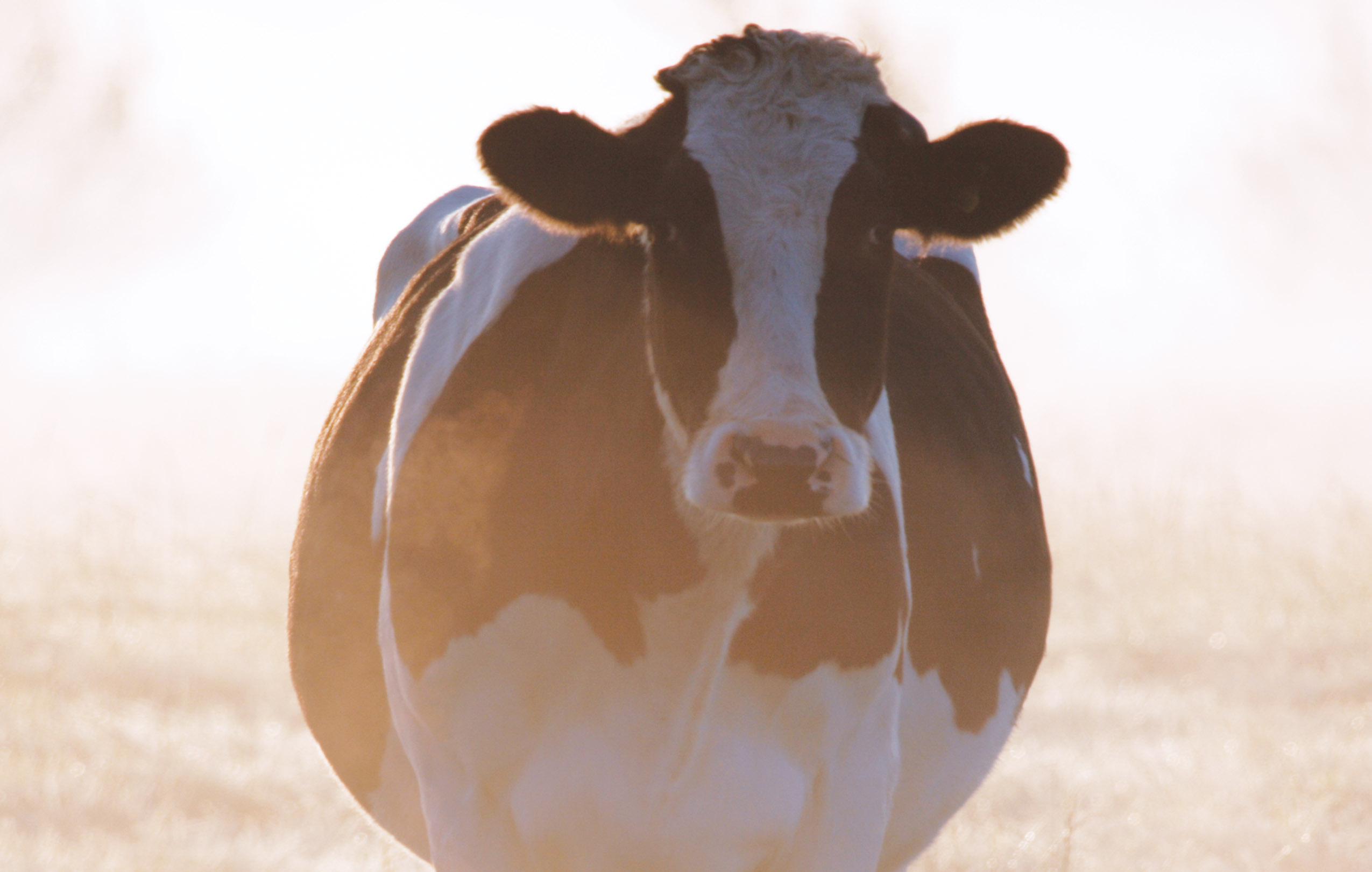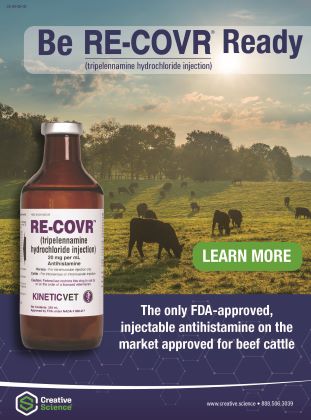Cold Weather Ahead: Avoid Cold Stress Losses in the Milk Tank

Cold Weather Ahead: Avoid Cold Stress Losses in the Milk Tank
By Jaclyn Krymowski
Cold weather presents a plethora of special challenges for modern dairies. As with the heat, extreme cold can also have a hard-hitting impact on productivity, especially for breeds preferring slightly warmer temperatures like Jerseys.
Likewise, today’s specialized equipment and facilities are vulnerable to deep freezes and power failures and it can be dangerous to work in ice and snow. Advanced preparedness can be key to making winter as comfortable as it can be.
Farms in regions with harsh winters must take action to ensure their barns and operations provide adequate protection and maximal comfort in the winter. Special consideration should be given to lactating cows to ensure they maintain steady production.
Cold Weather and Milk
When cooler temperatures approach, cows are usually able to adapt and regulate body temperature on their own as long as temperatures remain within the thermoneutral zone, that is, a temperature range where no additional energy is needed for normal bodily function.
For mature cattle this is typically between 32- and 77-degrees Fahrenheit. Temperatures both above and below this range can cause an animal to suffer heat or cold stress. At this point, dietary requirements for metabolic functions and energy increase. Cold stress can decrease milk production, as the cow will try to combat the cold by using energy to produce heat. If cows are not managed during the cold spells, there can be a drop in production just like with heat stress.
Providing adequate feed and having facilities that provide shelter against the worst conditions can minimize issues with lactation.
Natural Transition
Cattle will acclimate to the colder weather by growing thicker coats to provide insulation.
If they are not gradually exposed to cold, though, they will not grow thick coats, hindering their ability to insulate or protect body temperatures against the cold. Depending on your facility style, this may or may not be an issue.
Perhaps even more important than coat length is maintaining proper body condition. An animal with ideal body condition heading into the winter can survive the ups and downs of the winter. Your nutritionist can develop a ration for every animal depending on age, production and stage of life to ensure they can handle winter temps.
Check and Double Check Your Facilities
Proper facilities and being cognizant of facility design not only helps the flow of animals through the parlor and barns, but also provide a low-stress and comfortable environment to allow the animal to succeed best.
Reducing stressors, starting with your facilities, can help prevent drops in production. Bear in mind that the wait time for the parlor can be a hazard and stress-inducer during extreme temperatures. Slippery walkways and alleys can be problematic, potentially causing injury or reluctance to head to the parlor. Be sure to routinely check for ice and frozen manure on all walking surfaces, especially in narrow spots in and around the parlor. Sand can help cows get good traction in these problematic areas.
A good step to take while the weather is still favorable is to check operating systems for curtains, doors and ventilation. These repairs can be very serious and costly, and you don’t want them to happen amid bad weather. This also gives you a chance to take note of anything that might be vulnerable to moisture and freezing.
Preparing the Animals
Preparing the cows for the cold weather, even though they will transition naturally on their own, is important because it will ensure you are setting them up for success both in and out of the parlor. Body condition is a big factor which also ties into the ration.
Make sure it has been adjusted appropriately to account for the added energy requirements a cow will need not just to produce milk, but also to maintain her body temperature in the cold. Cows also need to continue their long bouts of laying and chewing their cud.
Keep in mind that if a cow drops in production, she might not be getting what she needs to maintain body temperatures and production. She may be pulling resources away from producing milk to keep warm.
You will have limited ability to alter body condition on baby calves and young heifers. You will need to primarily rely on housing and adequate bedding to provide protection from the cold. Make sure your calf hutches are facing away from the wind and that your straw stores are up to date. For very young animals, straw should be layered deep enough so they can “nest” when the weather is below freezing. Older heifers won’t need quite the same level of insulation, but they will need to be kept dry and away from any drafts.
And of course, just like it is important to have plenty of water in the summer, water is critical during the winter.
Making sure cows stay consistent with their production can be a big challenge during the winter, with unforeseen weather and ensuing setbacks. Being proactive by paying attention to facilities, body conditions and the ration so your team can handle any curve ball from Mother Nature.




